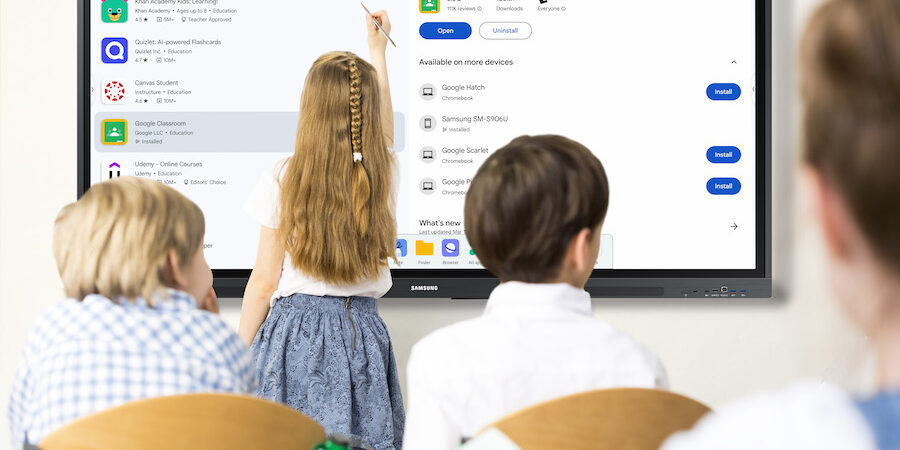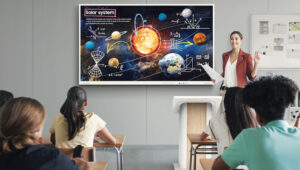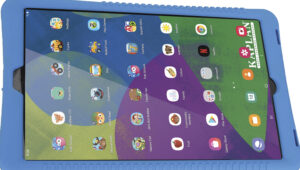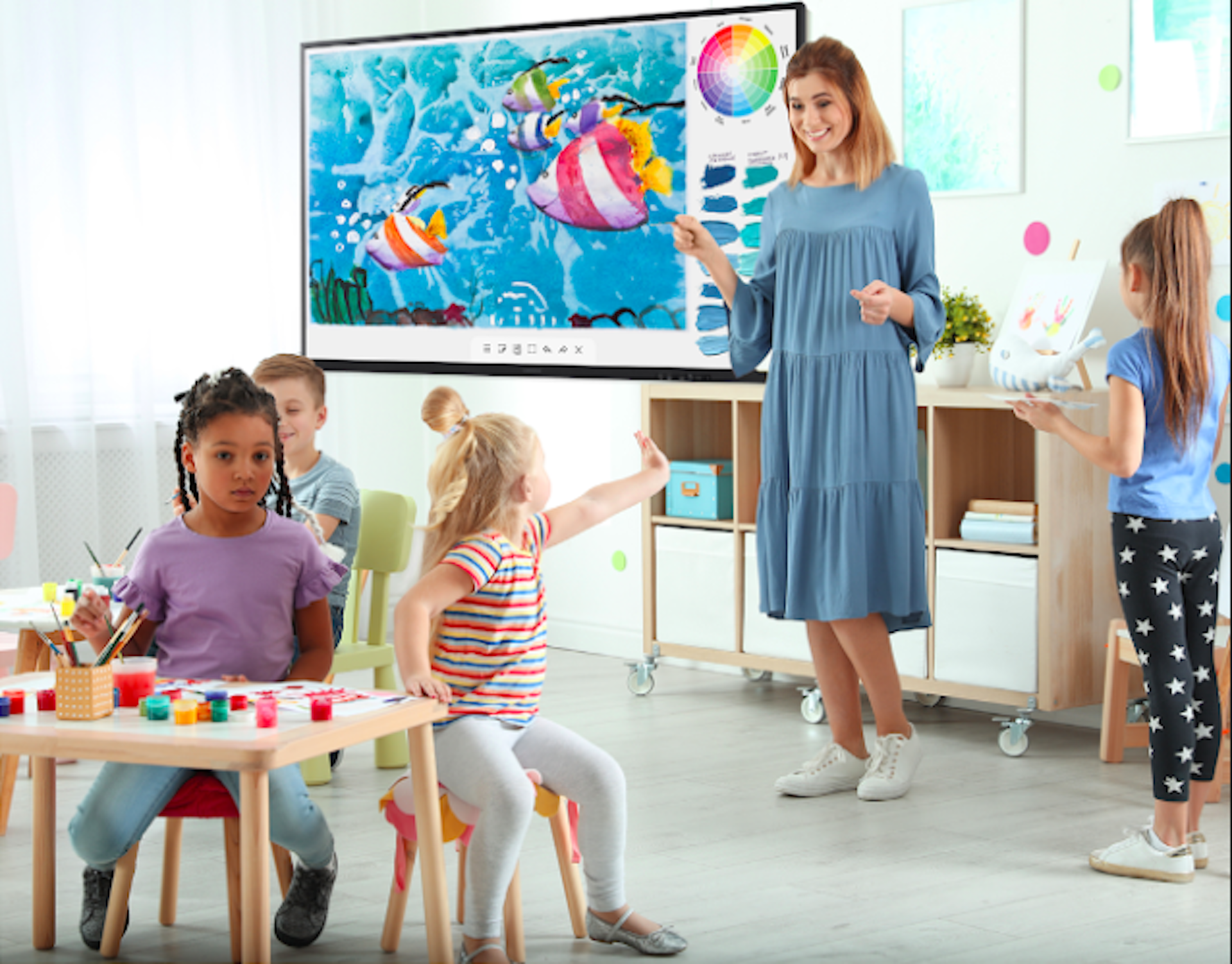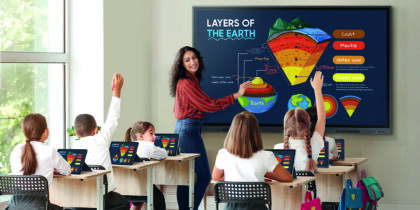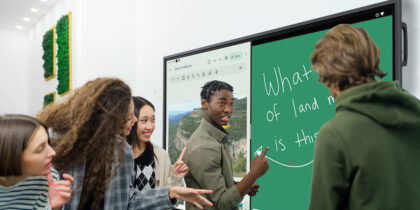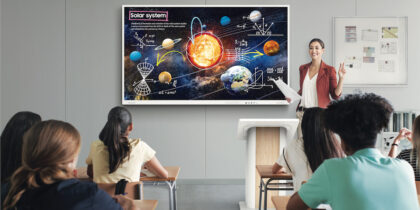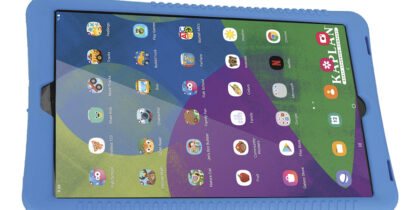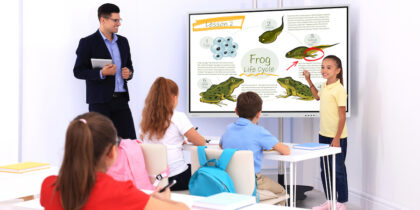Many K-12 classrooms have transitioned away from traditional projectors, with more than 4.6 million interactive whiteboards and 10.4 million interactive flat panel displays now installed in schools around the world. Modern whiteboard technologies have a lot to offer both teachers and students, acting as catalysts for collaboration and flexible learning.
Let’s take a look at the benefits of upgrading from a classroom projector, the types of interactive technology out there and how to set up an interactive whiteboard in your classroom.
Designing for modern classrooms
Today’s students are digital natives, growing up in a world immersed in powerful technologies such as mobile devices, AI bots and connected devices. No matter what type of career they want to have, students need to build a technology skill set as they progress through grades K-12.
Read the definitive guide on interactive displays
See how educators can create an inclusive learning environment with the right technology. Download Now
Learning to collaborate on digital platforms is an important starting point — and unlike traditional projectors, interactive whiteboards and displays provide opportunities for students to use technology themselves rather than simply watching the teacher do so. They can cast their own device, such as a Chromebook, onto the display wirelessly and share what they’re working on with teachers and classmates. Or they can approach the display and use a stylus to work on a math problem or make a presentation.
Interactive projector vs. interactive displays
For decades, teaching with a projector was the norm. Interactive projectors leverage sensors, which allow teachers and students to interact with the images projected onto a wall or classroom whiteboard. Conversely, an interactive whiteboard dispenses with the projector entirely — it’s a large TV-like display with a touchscreen that teachers and students can interact with directly. Interactive whiteboards offer several advantages over interactive projectors:
- They’re mobile. When mounted on a cart, they can be easily shared between classrooms.
- They don’t have to be calibrated. Interactive projectors must be calibrated to ensure the computer accurately picks up the location of the user’s stylus or finger on the board. Interactive display panels do not require calibration.
- They don’t have lamps to replace. Like traditional overhead projectors, interactive projectors require periodic bulb replacements — which can be expensive. Interactive whiteboards don’t require this type of upkeep.
- They don’t create shadows. If a person or object moves between any kind of projector and its target, shadows can block the projection and interrupt the class. With interactive display panels, you never have to deal with shadows.
- They allow for better classroom ergonomics. Whether they’re attached to a cart or mounted on a wall, interactive displays offer more versatility in classroom design because they don’t require the rigidity of a mounted projector.
- They often deliver a better visual experience. Many interactive whiteboards display higher-resolution images and videos than projectors can deliver.
Setting up an interactive whiteboard
Unlike a projector, which needs to be calibrated during setup, an interactive whiteboard or display, such as the new Samsung WAD Interactive Display, is easy to use right out of the box and EDLA certified. Here’s a quick start guide:
- Attach it to the wall, using a mount to allow at least 15mm of space for ventilation, or to a rolling cart for mobility.
- Connect the device to your school’s network via cable or wireless network and use the included pen to write, draw or annotate an existing document on the screen. To erase your writing, you can use your palm or finger.
- Import files and documents via your mobile device or a cloud network, or connect directly to a mobile device via the 3-in-1 USB-C port for screen mirroring. Save your written notes as you lecture and send the slides to your students after class.
If you have access to multiple displays, scatter them around the classroom and have students work in groups. Each group can share an interactive whiteboard to make notes, draw pictures or show their work via screen mirroring. The Samsung WAD Series supports screen mirroring for up to nine devices for maximum student engagement.
While interactive projectors took schools far beyond the capabilities of traditional overhead projectors, newer displays can provide you and your students with more flexibility, better collaboration, and higher-quality viewing experiences. For example, the Samsung WAD Series lets users share files from a variety of devices, cast screen content to other displays in the room and transform the display into a Windows device using the Open Pluggable Specification (OPS) slot. Up to 40 people can write on the display at the same time, allowing large groups of students and teachers to collaborate and learn together in a fun, natural way.
Discover how simple, scalable and secure display solutions can empower educators to take control of curriculum in this free guide. And see how a Samsung Interactive Display can serve as an empowering, all-in-one classroom resource.
